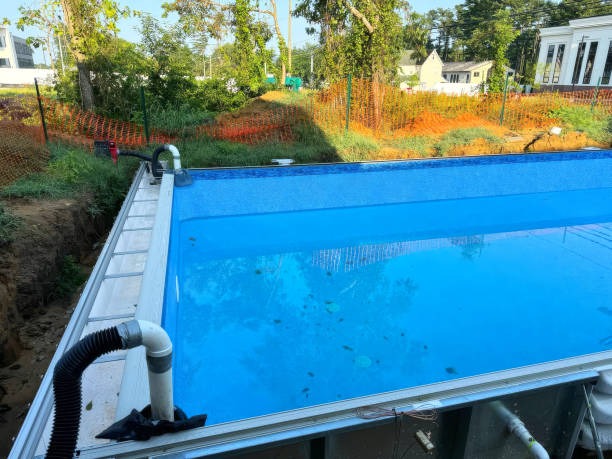Common Mistakes to Avoid in Inground Pool Installation
Installing an inground pool is a significant investment that can add value to your property and provide endless entertainment for your family. However, the installation process can be complex and fraught with potential pitfalls. Here are some common mistakes to avoid when installing an inground pool.
Firstly, failing to plan properly is a major mistake many homeowners make. A well-planned design considers factors such as the size of the yard, soil type, sunlight exposure, and local building codes. It also takes into account any future landscaping or home expansion plans you might have. Without proper planning, you may end up with a pool that doesn’t fit your yard or meet your needs.
Secondly, neglecting to consider the long-term maintenance costs can lead to financial stress down the line. While it’s exciting to focus on designing and installing the pool itself, it’s crucial not to overlook ongoing expenses like cleaning supplies, energy costs for heating and filtration systems, and routine repairs.
Another common error is choosing a contractor based solely on cost. While budget considerations are important, choosing a low-cost provider could mean sacrificing quality workmanship or dealing with unreliable service providers who cut corners during installation. Always do thorough research on potential contractors’ qualifications and reputation before making a decision.
Underestimating drainage importance is another common pitfall in inground pool installation installations. Proper drainage prevents water from accumulating around your pool area which can cause damage over time due to erosion or flooding during heavy rains.
Ignoring safety measures is also something you should avoid at all costs when installing an inground pool. Safety features such as fences or alarms are not only required by law in many areas but they also protect children and pets from accidental drownings.
Lastly, rushing through the installation process often leads to mistakes that could have been avoided with more time for careful execution of each step involved in installing an inground pool – from excavation to filling it up with water for use.
In conclusion: detailed planning, considering long-term maintenance costs, choosing a reputable contractor, ensuring proper drainage, prioritizing safety measures and taking the time to execute each step of the installation process carefully are key elements in avoiding common mistakes when installing an inground pool. By steering clear of these pitfalls, you can ensure that your new swimming pool will be a source of enjoyment for many years to come.

